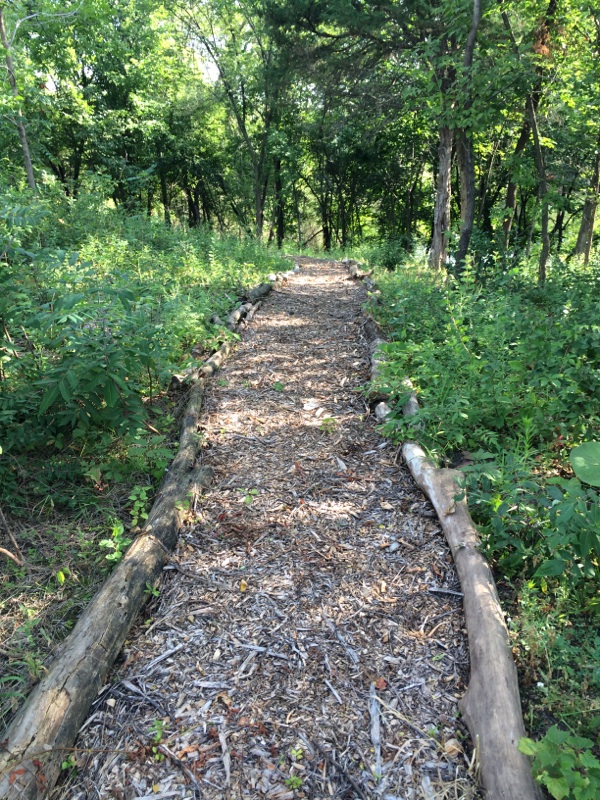Church and School
Forest Restoration
First off, I want to thank everyone once again who were able to come out to the woods last November to help clear out remaining buckthorn. Amazing transformation in the works. In May and June I spot treated primarily burdock and had not been over there from the latter part of June through July. When I was over in early August, weeds and some plants had popped up all over but not much invasive stuff, but although some aggressive native weedy plants. Striving for a balance...
The primarily goal is to control weeds while at the same time grow native vegetation such as new woodland shrubs and particularly trees that can provide a future canopy to forest and limit weeds that thrive on sun, of which there are many. A lot of work remains... ...
The PLAN: Shrub planting Saturday
SEPTEMBER 20th 2014, 9-11AM
My thought was to put on a fall shrub/plant planting day on a Saturday morning in September. That each family or individual person attending could purchase a woodland Shrub to bring and plant. More if they'd like. The cost would be tax deductible as a donation to the School and Church if I understand tax code rightly. I am going to mark those native shrubs I find and clearing weeds from around them and putting down mulch to allow them to grow.
Nim and I would donate $8 for every shrub planted to the Forest restoration account. We will supply the mulch to go around each planting, peat moss as needed as well as time release granular fertilizer to go down under mulch as needed. You may want to bring a bucket for filling up with water to give each plant a good watering before calling it a season.
Types of shrubs best suited for woodland given their sun/shade tolerance and durability of some from experience, would be the following. I would ask that we limit ourselves to these types of Shrubs for now. If you have one in particular that might work, let me know first. No Sumac or lilac bushes.
- Chokeberry, Black: Moderate growth, all soil and moisture conditions, sun, tolerant of shade, glossy black fruit, spectacular autumn colors, 5 to 8 feet.
- American Cranberry, Highbush: Moderate growth, well-drained moist soil, full sun to partial shade, white flowers, edible fruit, 8 to 12 feet.
- Dogwood, Red Osier: Fast growth, wet loam soil, full sun to partial shade, red twigs, good for border plantings, 7 to 10 feet.
- Indigo, False bush:Moderate growth, bluish-purple flowers, grows well in moist soils, full sun or light shade, plant near wetlands and riparian areas, holds soil in place, 8 to 12 feet.
- Serviceberry: Moderate growth, loam to sandy loam soils, full sun to partial shade, also called Juneberry, edible fruit, good for wildlife and birds, 6 to 15 feet.
- Native Elder Berry if you have one on your property; dig up, that would be great also. They are native, give edible berries and establish nicely. Plant these in shaded areas as when they border sunny area they can become a bit mutant as if on steroids.
One place you should be able to get these Shrubs would be at Gerten's. My personal favorite is High Bush Cranberry. Hardy, beautiful with great gorgeous berries. Stay away from the European cultivars, they can get aggressive. Shrubs will be planted only in the south 2/3's of the woods. The north end we will leave alone for now as Julie Wilke will be managing that area herself and has other plans for this area.
NOTE: Although we are focusing on shrubs, if you find a bargain basement price on a tree (Oak, maple, evergreen) that you can't pass up, please do... The bigger the better... J
PS: If you are interested in being a part of this event, please respond via email so I can be alert to how much mulch to obtain, etc. Email address: [email protected]
Thanks,
Will Traeger

TLO Forest with wood-chip paths